The word grease conjures negative images of dirty dishes, stained clothes, and oily food. In the automotive world, grease is the first and often only line of defense against premature failure and wear of your vehicle’s joints, bushings, bearings, and seals.. There are many types of automotive grease, and making sure you use the right one in the right place can be tough to figure out.
We got down and dirty to get the scoop on grease so you know which can of goop on the shelf is the right one to use.
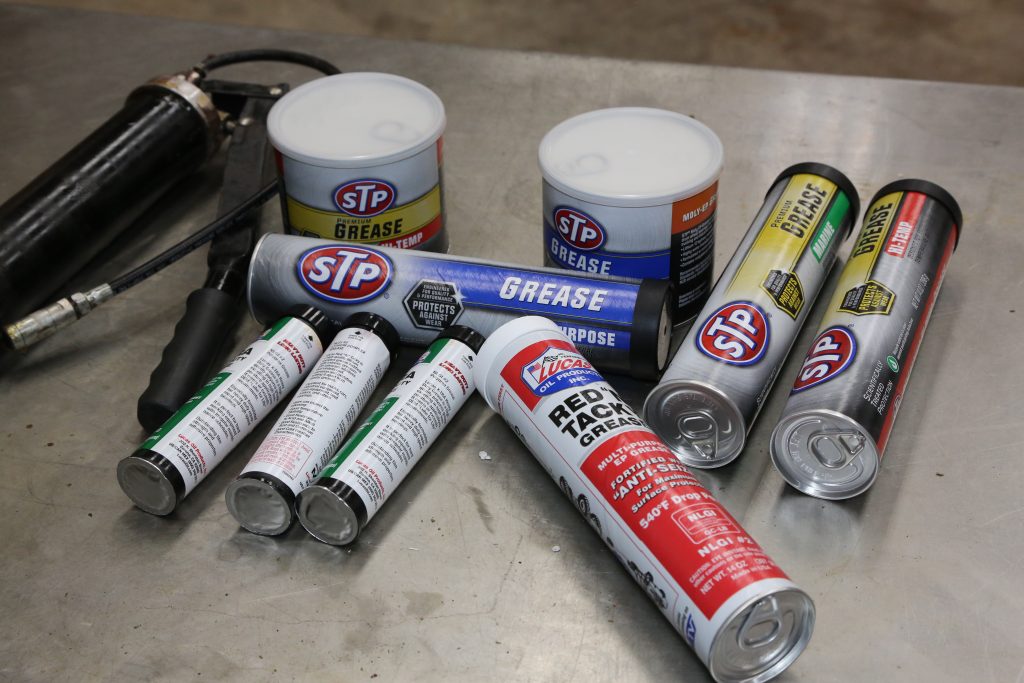
What is Grease, Really?
Grease is a lubricant made with a mineral or vegetable oil whipped into an emulsion with a thickening agent, typically soap, to create a semi-solid paste. The type of oil and soap yield specific properties that determine the use of that grease.
Grease Component: Base Oils
Base oils are categorized by the ISO rating or base weight. For example, the ISO rating for 30 weight oil is ISO 100. Here are base oil ratings and their intended use:
- ISO 100 and Lower: These are for low temperature/low load applications and high speeds above 3,600 RPM. Commonly used for electric motors and high-speed spindles in machinery
- ISO 150-220: A good multi-purpose base oil for moderate loads and speeds under 3,600 RPM. Most automotive greases are ISO 220-based
- ISO 460: Good for high loads and has better water resistance than lower grades. It is rated for lower speeds and higher temperatures
- ISO 1500: Excellent high load bearing characteristics, excellent water resistance, suitable for low speeds under 100 RPM
Grease Component: Thickening Agent
The thickening agent acts like the egg white in mayonnaise, allowing the base oil to thicken and stabilize. Agents are typically a metallic soap such as lithium, aluminum, sodium, or calcium. Non-soap thickeners include calcium sulfonate, silica, and PTFE (Teflon). Thickener makes up three to five percent of the total mixture.
Grease Component: Additives
Additives are added during the emulsion process. Common additives are rust inhibitors, anti-wear agents, and friction reducers. Other additives include waxes, esters, and whole host of chemicals that end in “amine”, “onate”, and “azole,” as well as dyes and stabilizers.
Some additives act as lubricants. Examples include ZDDP (aka zinc) molybdenum disulfide (moly), powdered graphite, and even lard. They all are boundary lubricants that provide a thin film layer on rough surfaces.
Some grease components do not react well to other components. Some interact so poorly that you would be better off not greasing a part at all. Mixing some incompatible greases together can even form rocks. We are pretty sure that tiny little rocks in something like your ball joints are a bad thing.
The main offender is polyurea grease. For example, a grease thickened with lithium and one thickened with polyurea cannot be mixed. One agent will cause the other to lose the bond with the base oil—it will literally run off a part or out of a joint. If you have ever put a new tube of grease in a grease gun without cleaning it first and see the new grease come out more liquid than grease, you have seen this happen.
Polyurea does not mix well with soaps either, so it is probably a good idea to stay away from polyurea grease unless it is required for your application.
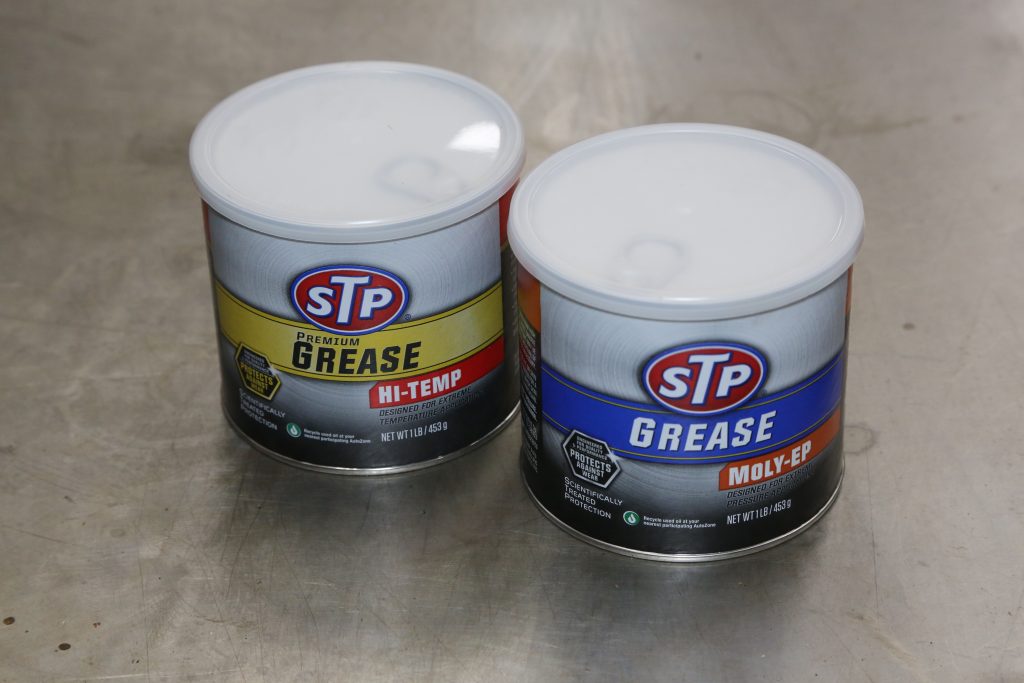
Grease Types
You might see an instruction manual for a part specify a Type 1, Type 2, or Type 3 grease. This doesn’t indicate the formulation of the grease, but the thickness. Here are the thicknesses for the most common automotive greases. And yes, these food ratings are the official consistency units used in the oil and grease industry:
- Type 1: Tomato paste
- Type 2: Peanut butter
- Type 3: Margarine spread
- Type 4: Hard ice cream
Since parts or assemblies often require a specific grease type, you’ll need to keep several types on hand. That means you have to read the labels carefully and pay attention to what you are working on.
Specialty Greases
Some of these products you may not think of as greases, but they are. Each has a specific job to do.
Want to look like the Tin Man? Open a can of good ol’ anti-seize. Anti-seize is formulated to lubricate threads, bushings, and sleeves so they don’t gall or otherwise seize in place. Anti-seize is especially good for applications that mate different types of metal together.
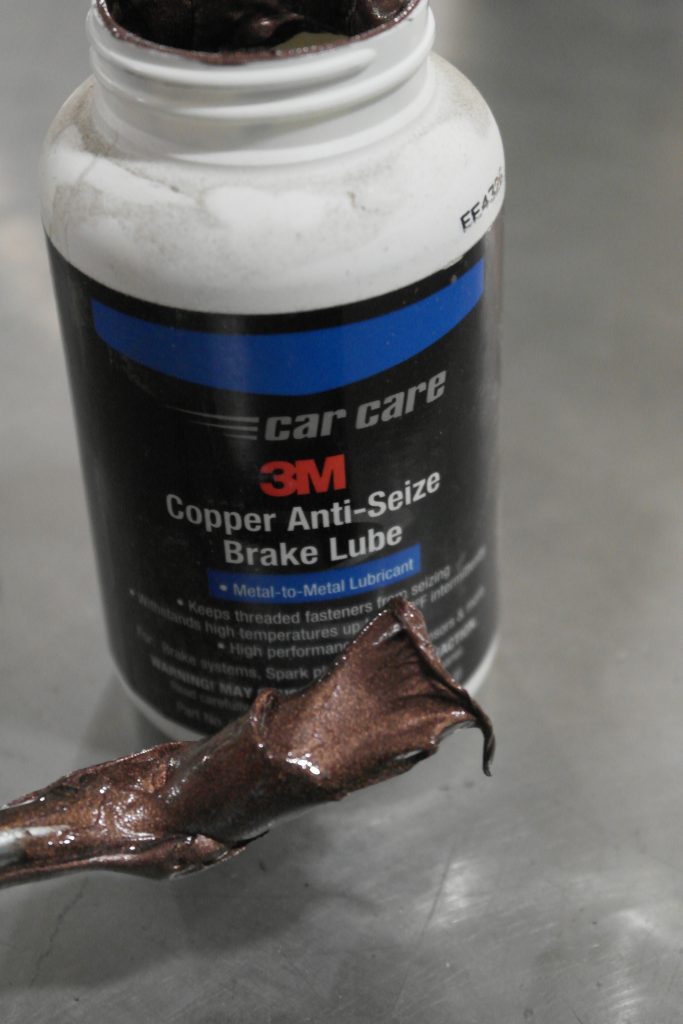
Anti-seize should NEVER BE USED on fasteners for cylinder heads, connecting rods, main bearing caps, and other high-torque applications. That goes quadruple for wheel studs!!
Yes, assembly lube is a grease. It comes in varying thicknesses from syrupy liquid to heavy paste. Liquid assembly lube goes on cleanly and stays in place. Paste lube works fine too, but it tends to thicken and dry out over time. If a new engine build might sit for a while, liquid lube would be the better option.
Dielectric grease is a non-soap formula thickened with silica. It helps seal connections and prevent corrosion on high voltage electronic components. Another use is on spark plug boots to protect and seal the plugs from corrosion and keep the boots from sticking to the plugs.
We dive deeper (not literally, of course) into dielectric grease in this article: What is Dielectric Grease & Why (& Where) Should You Use It?
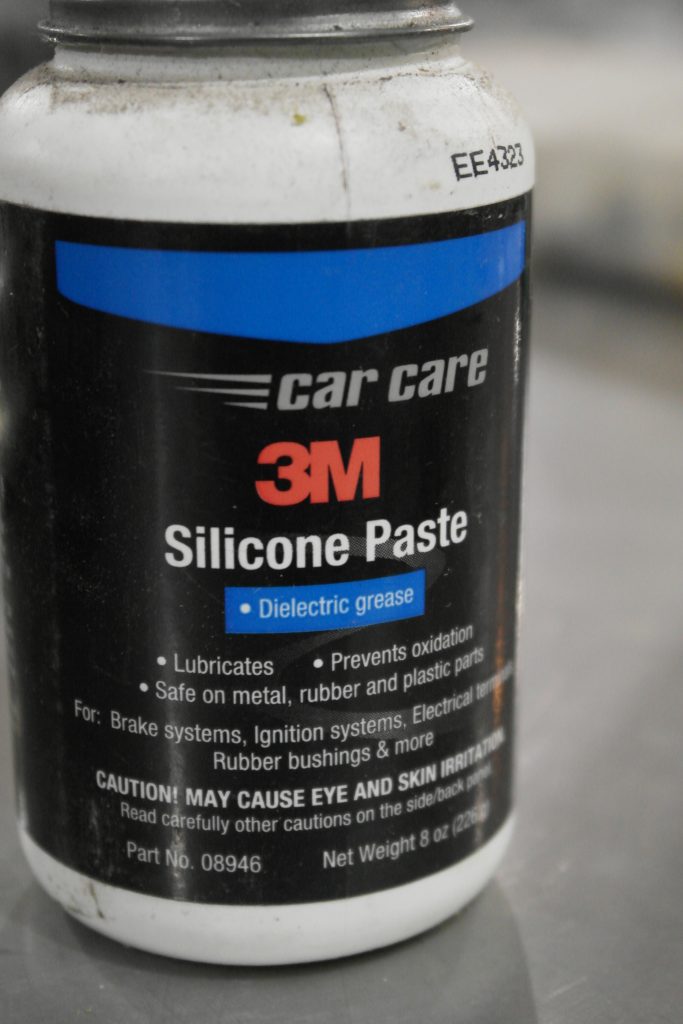
Dielectric grease should not be used on electrical components where arcing could occur, like switches and inside a distributor cap. The high heat of an electrical arc will turn the silicone in dielectric grease into silicon carbide. It’s the second hardest substance on earth after diamonds and is incredibly conductive. Use it on a switch and it won’t switch anymore.
Common Types of General Purpose Grease
These greases are formulated to work in a wide range of applications. The National Lubricating Grease Institute (NLGI) established the rating system for testing and grading greases. The most common types of grease for automotive use are MP (Multi-purpose), EP (Extreme Pressure), and GP (General Purpose). Grease is further rated as GC (wheel bearings), LB (chassis lube), and GC-LB (wheel and chassis).
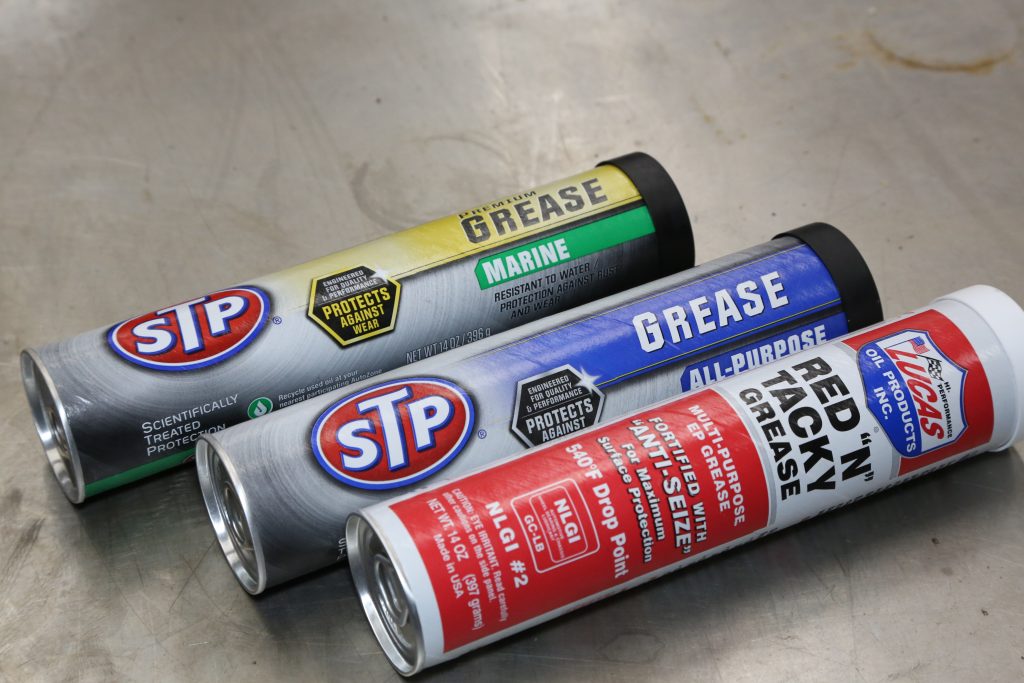
- General Purpose grease is light duty grease for lubricating moving parts. It is not suitable for applications that see high levels of heat, pressure, and speed. General-purpose grease will burn up quickly under these conditions and parts will suffer from premature wear.
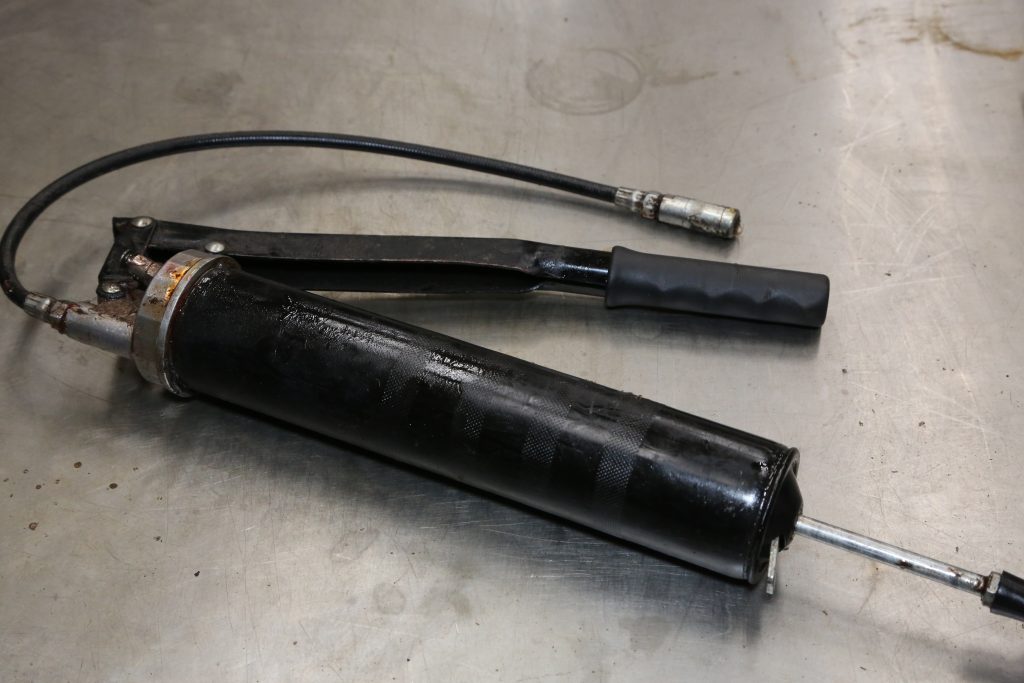
- Multi-purpose grease is the most common type you will encounter. It is usually made with calcium sulfonate and has high water resistance but does not like heat. That’s why it is typically used for low-heat chassis components such as ball joints, suspension bushings, steering gears, cables, etc. Do not use multi-purpose grease for wheel bearings or other high-heat applications; it melts at relatively low temperatures and will fail quickly in those conditions.
- Extreme pressure grease NLGI-rated EP grease can be used anywhere that GP and MP greases are used, but with the added performance of moly or graphite. This is an NLGI-rating that must be earned. Look for the NLGI logo on any “extreme pressure” grease label to know it has actually passed the NLGI tests.
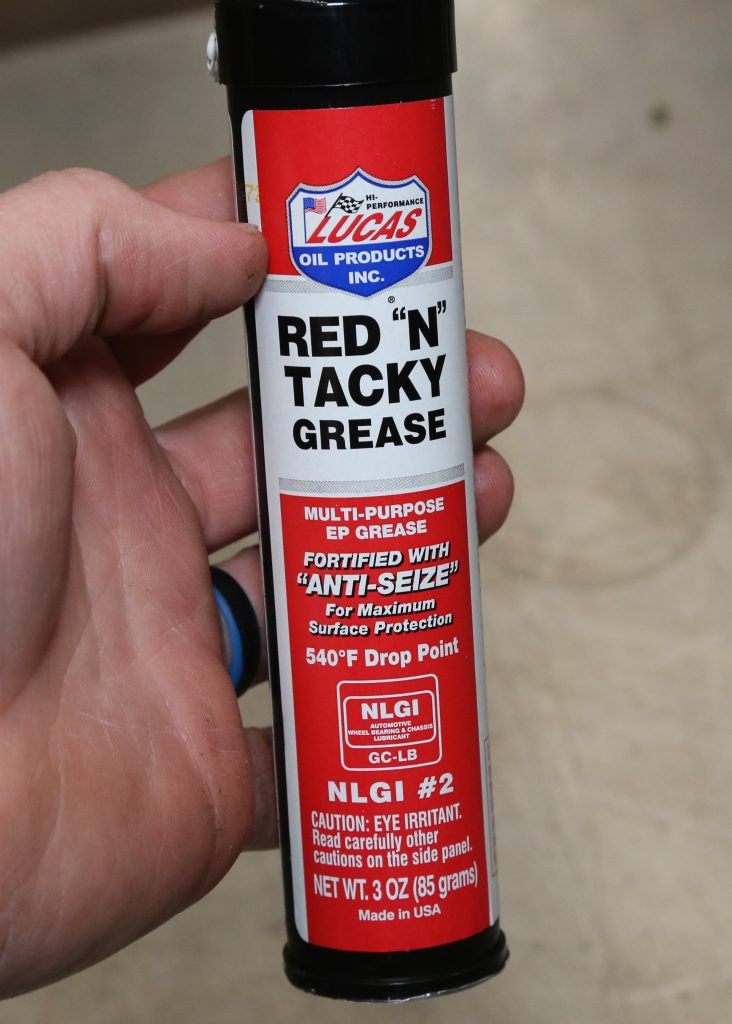
- Lithium grease is made from—surprise—lithium soap. Lithium is a non-detergent soap made from fatty acids, giving the grease good heat stability up to about 370 degrees F. It also has good extreme pressure lubricity, making it perfect for wheel bearings and CV joints. That’s why it is often called lithium wheel bearing grease.
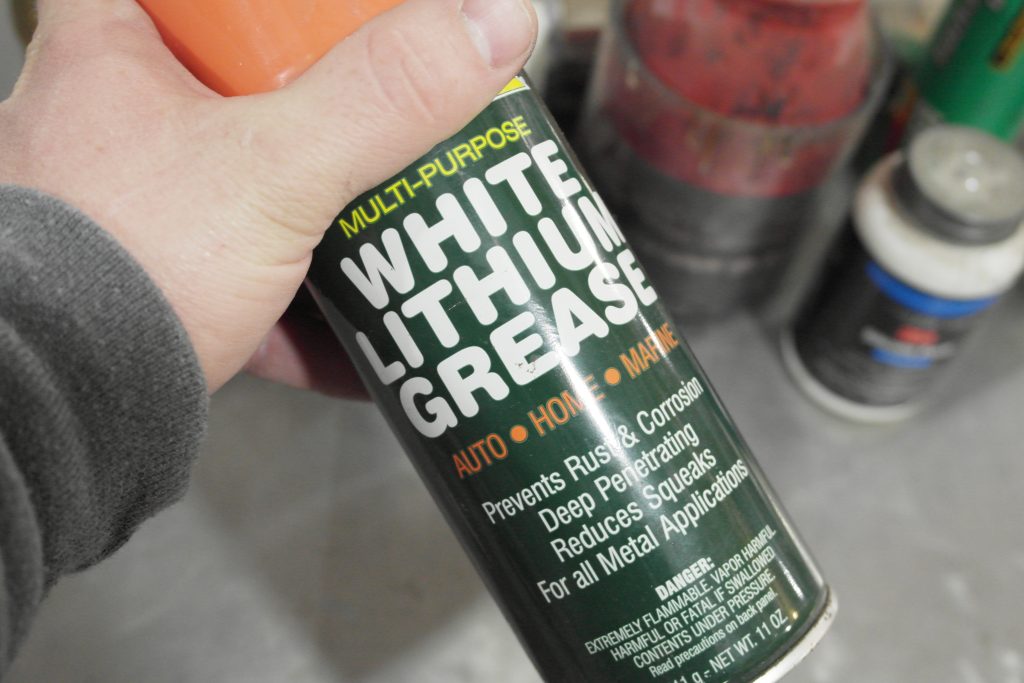
- High temperature wheel bearing grease is a silicone-based grease that remains stable under the temperature and stress conditions wheel bearings endure. You can use it for chassis components as well, but it is not interchangeable which chassis grease—don’t mix them up!
- Moly grease is a molybdenum disulfide-fortified grease suitable for all chassis lubrication. Ford requires a specific type of moly grease for its vehicles. ‘Ford grease’ is a lithium-based grease, and the moly provides high-pressure and anti-wear pressure for disc brake wheel bearings.
- You will see “multi-vehicle” listed on some grease tubes. The color is the way to tell—blue or gray multi-vehicle grease is the moly formula for Ford vehicles, red grease is formulated for Chevrolet and Chrysler applications.
- Marine grease is formulated with overbased calcium sulfonate and other additives to increase resistance to fresh and salt water and provide heat and corrosion protection. Marine grease can handle heavy loads, making it an excellent choice for high-pressure uses such as trailer wheel bearings, hitches (yes, your ball hitch needs to be greased), and chassis lubrication.
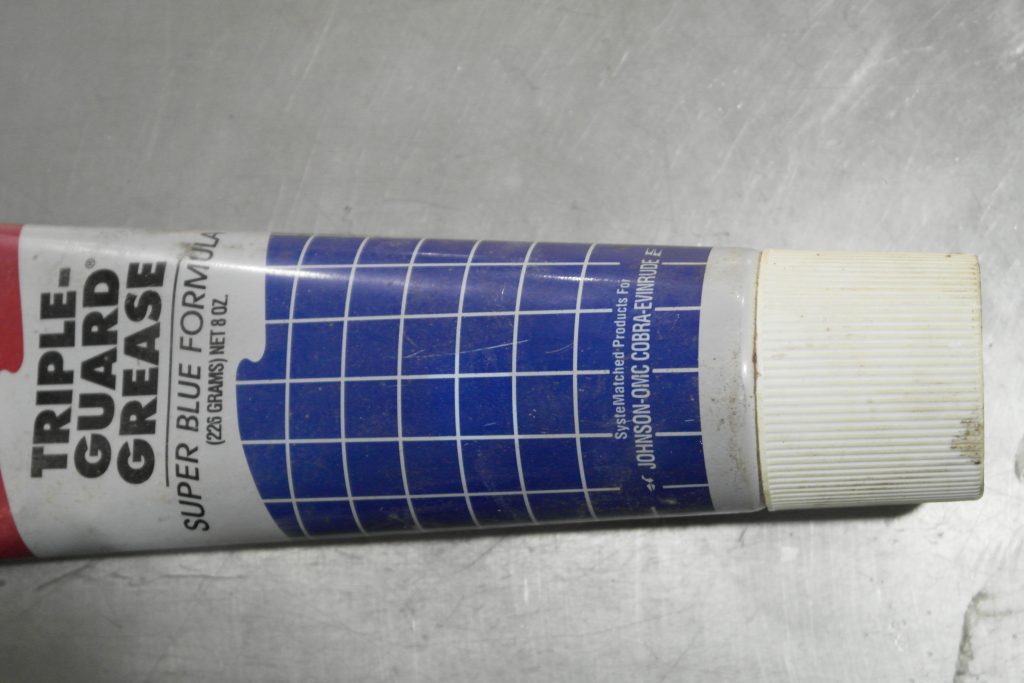
Keeping your vehicles, boats, trailers, and door hinges well-lubed is critical, make sure you give the grease you use more than a second thought, it really does matter what you use. Remember multi-purpose doesn’t mean EVERY purpose.
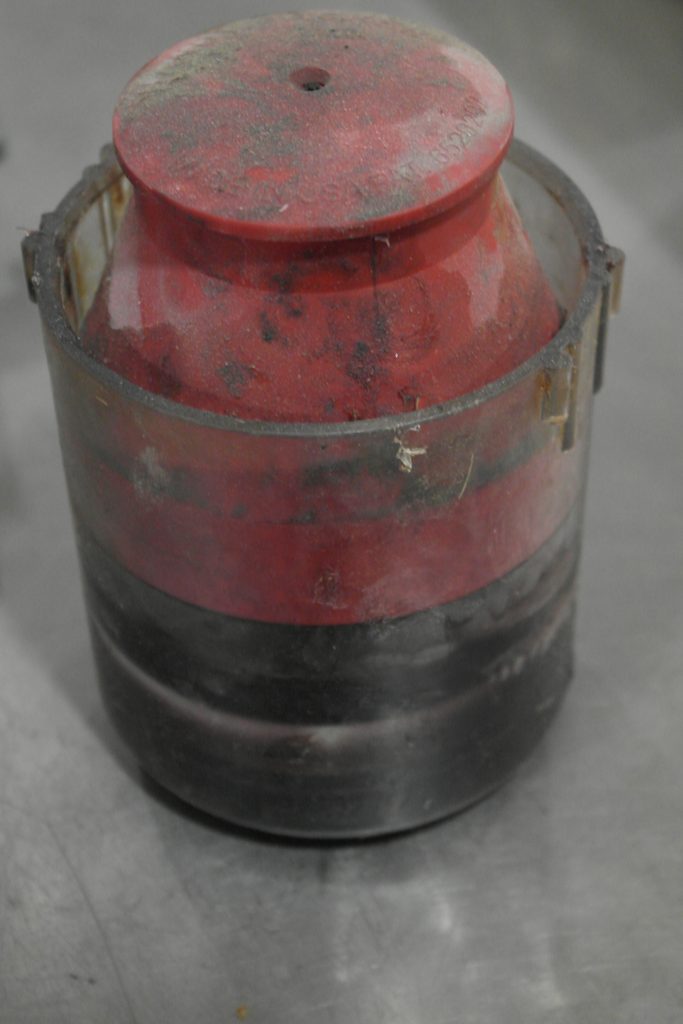

I have been in the automotive industry for over 40 years and did no know some of this info
Thanks